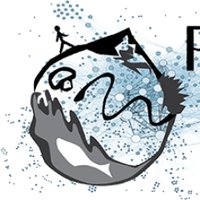Hough transform implementation to evaluate the morphological variability of the moon jellyfish ( Aurelia spp.)
This article has been Reviewed by the following groups
Discuss this preprint
Start a discussion What are Sciety discussions?Listed in
- Evaluated articles (Peer Community in Ecology)
Abstract
Variations of the animal body plan morphology and morphometry can be used as prognostic tools of their habitat quality. The potential of the moon jellyfish ( Aurelia spp.) as a new model organism has been poorly tested. However, as a tetramerous symmetry organism, it exhibits some variations in radial symmetry number. A pertinent list of morphological – number of gonads – and morphometric characteristics – e.g. ratio of the gonads area on the umbrella area – has been established to describe the morphology of 19 specimens through an image analysis. The method uses for the first time the Hough transform to approximate the gonads and the umbrella by ellipses and automatically extracts the morphometric data. A statistical comparison has been done to compare the morphometric characteristics of tetramerous jellyfish and of jellyfish with 5 gonads: it is only provided as a first step for testing biological hypotheses, since the small size of the data set leads to relativize its conclusions. It suggests that two parameters are discriminant: distance between the center of the gonads and the center of the umbrella, and the individual variability of the gonad eccentricity, both higher in jellyfish with 5 gonads. Additionally, the relative size of the gonads does not seem to be different between tetramerous and non-tetramerous. Combined to ecotoxicological bioassays to better understand the causes of this developmental alteration, this optimizable method can become a powerful tool in the symmetry description of an in situ population.


